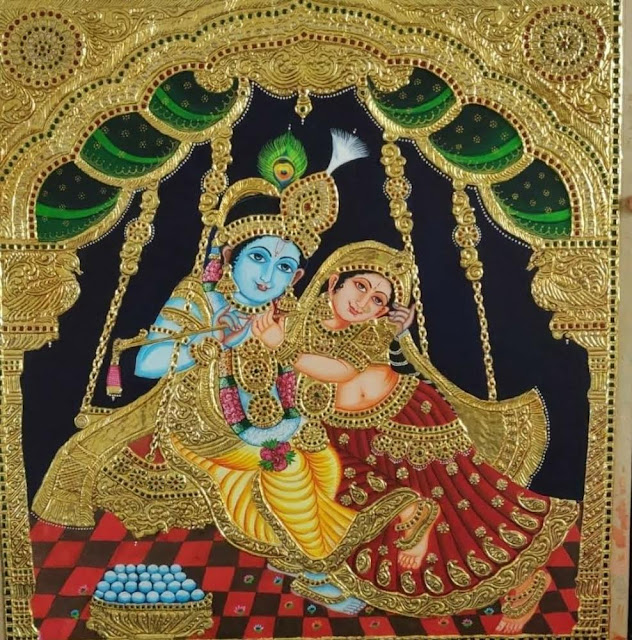Patterns of the soul..! Rangoli
#by Ramya Raghuraj, Brentwood A-2104
Patterns of the soul! Kolam/Rangoli:
Kolam is India’s long-held tradition and culture, these intricate patterns sitting gracefully on the floor of almost every other Indian household.
This tradition passed down through generations, the women of
India have kept the art of rangoli alive.
Although creating rangolis is still a daily practice in
certain rural areas of India, in cities, rangolis are often limited to
auspicious days and festivals like Pongal, Diwali, Lakshmi puja etc.
Significance of Rangoli and connection with women:
Since ancient times, women have been waking up in the wee
hours of the morning to clean their homes and create rangoli patterns which is
believed to welcome goddess Lakshmi and ward off evil.
Drawing the kolams, with bare fingers is a
form of Mudra technique that is believed to boost spiritual stamina of women.
Kolam is a form of a prayer, meditation and
expression of the sacredness of life.
Kolam is also alternate forms of communication
for women. The kolams also demonstrated the presence of a woman householder,
and that the household is in the state of overflowing abundance and not in
misery.
Kolam is also a metophor for coexistence with
nature. While modern Indian women use chalk or powdered colour to make these
patterns. These colours are made of coloured sugar in order to feed the ants.
By providing a meal of rice flour to bugs, ants and insects, the Hindu
householder begins the day with a “ritual of generosity” with a dual offering
to divinity and to nature.
Rangoli finding mention in the great epics of Ramayana and Mahabharata. Indian women need to be lauded for carrying this unique tradition and art form across India, passing it on from one generation to another.




Comments
Post a Comment